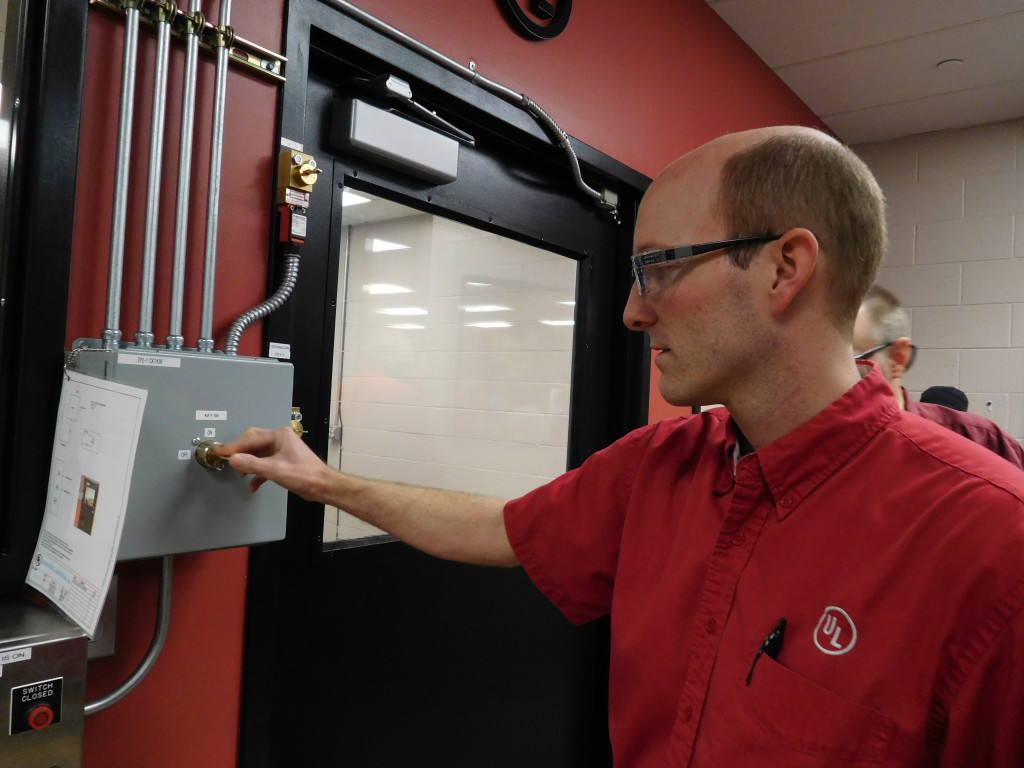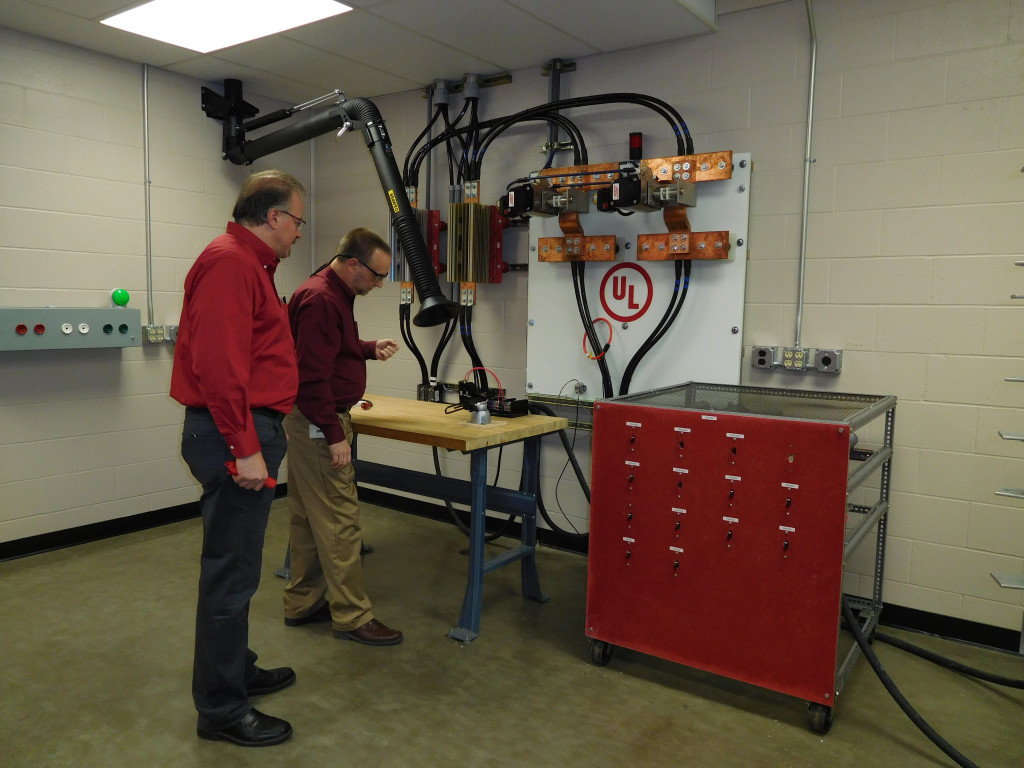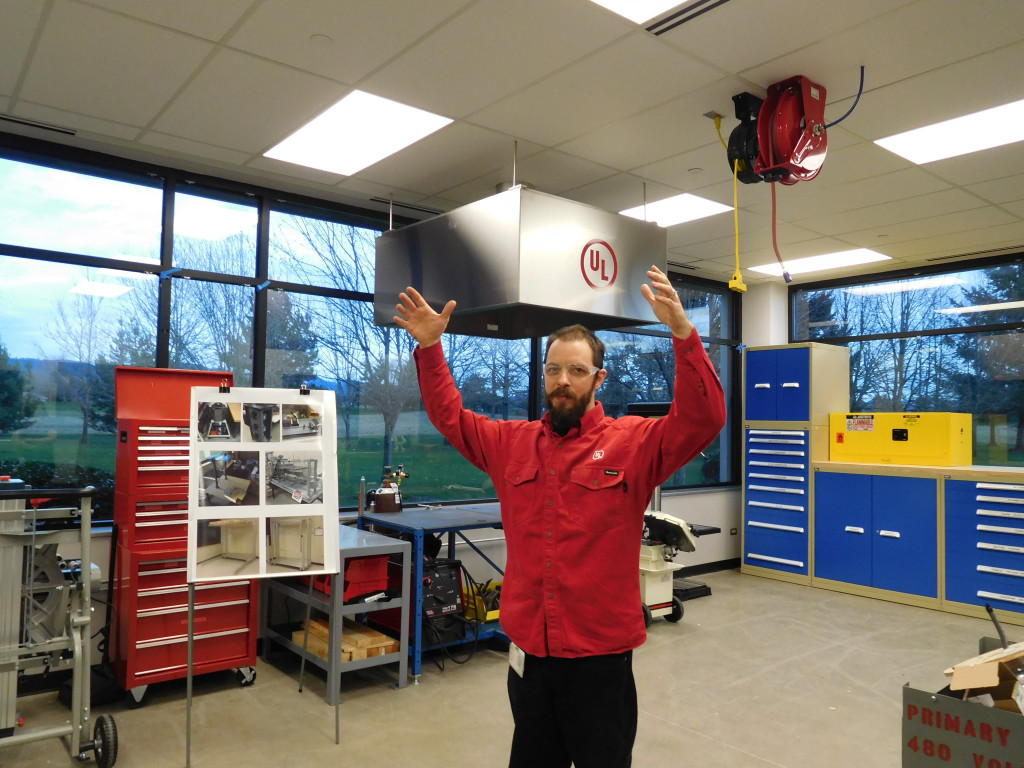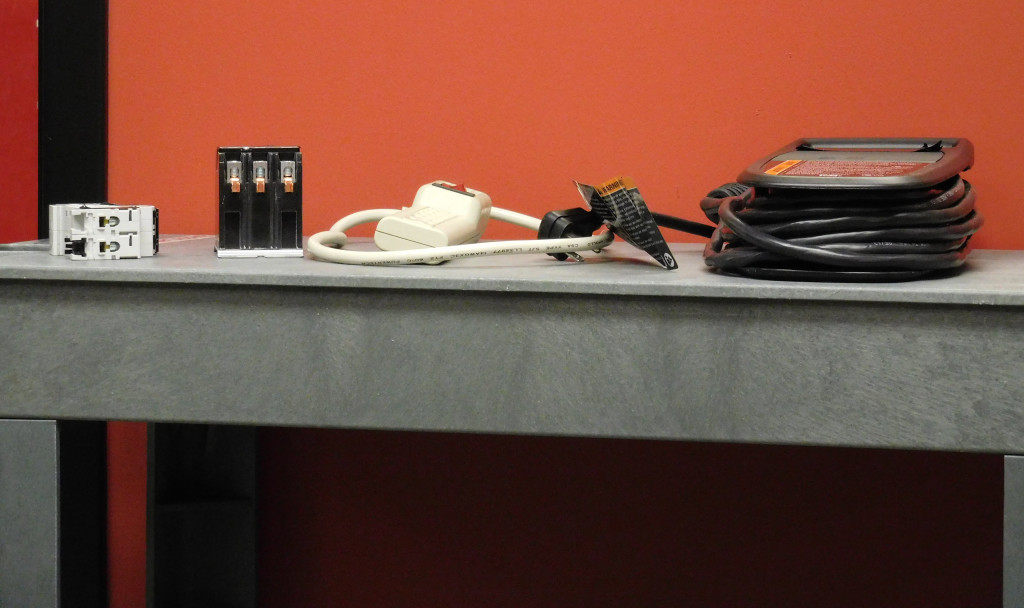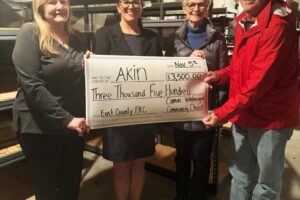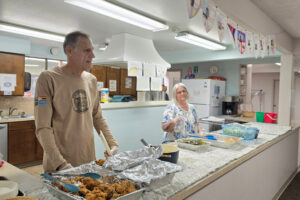Most everyone has dealt with this unfortunate scenario: You stagger to the kitchen, half-asleep, fumble for the necessary items to make coffee and hit “start,” on the coffee maker.
Nothing happens. After hitting that little button several more times, you accept the fact that your coffee maker is busted.
Although this seems like a bad way to start the day, it could be much worse, if not for short-circuit testing that takes place before the product is sent to market. This testing is performed to determine the ability for a product to withstand a short circuit condition, generally caused by internal component failure.
UL in Camas now has a short circuit testing laboratory and is the only one of its kind on the West Coast. Before, customers would have to fly to the East Coast if they wanted to see product testing in action.
Officials from UL unveiled their new laboratory to employees and members of the local media last week.

